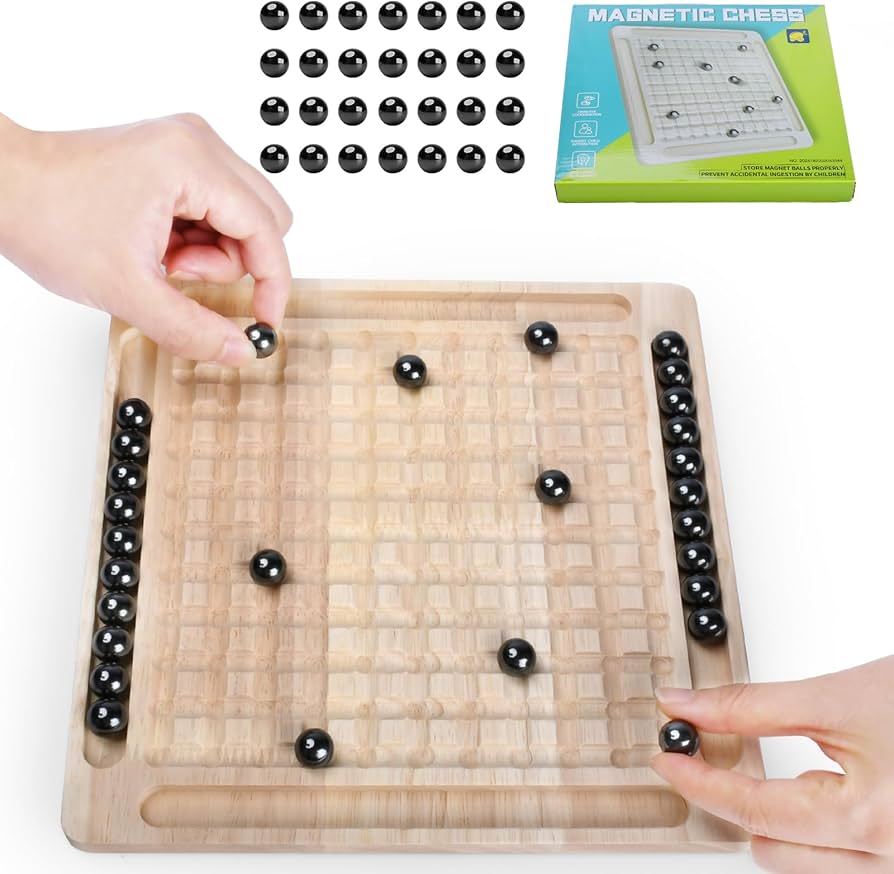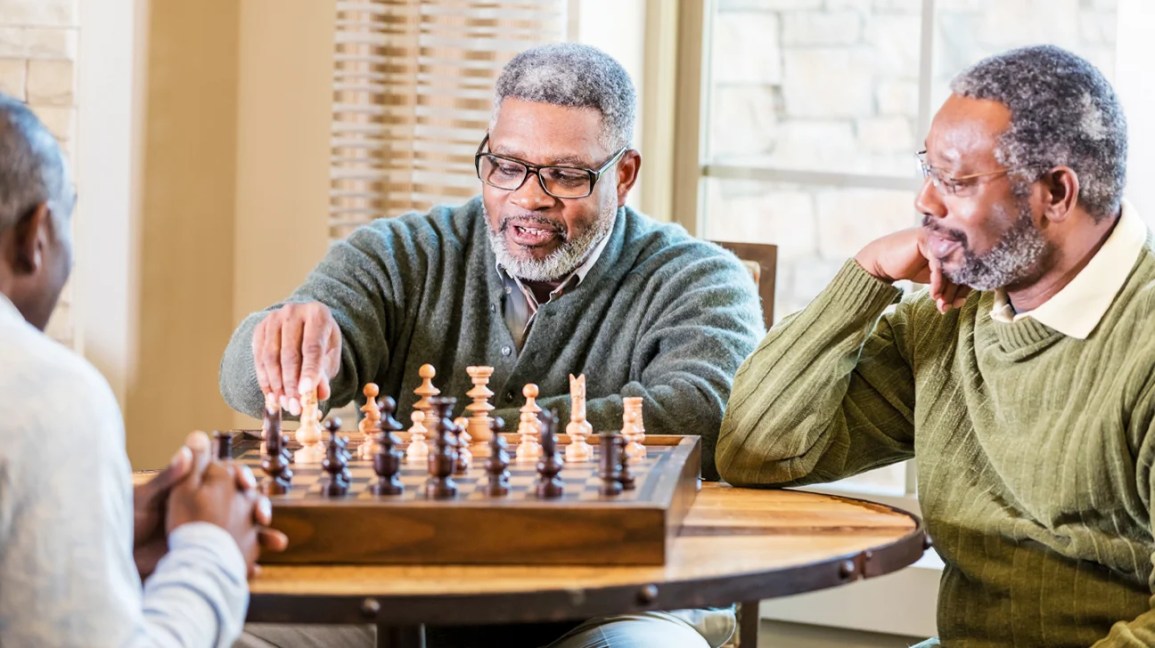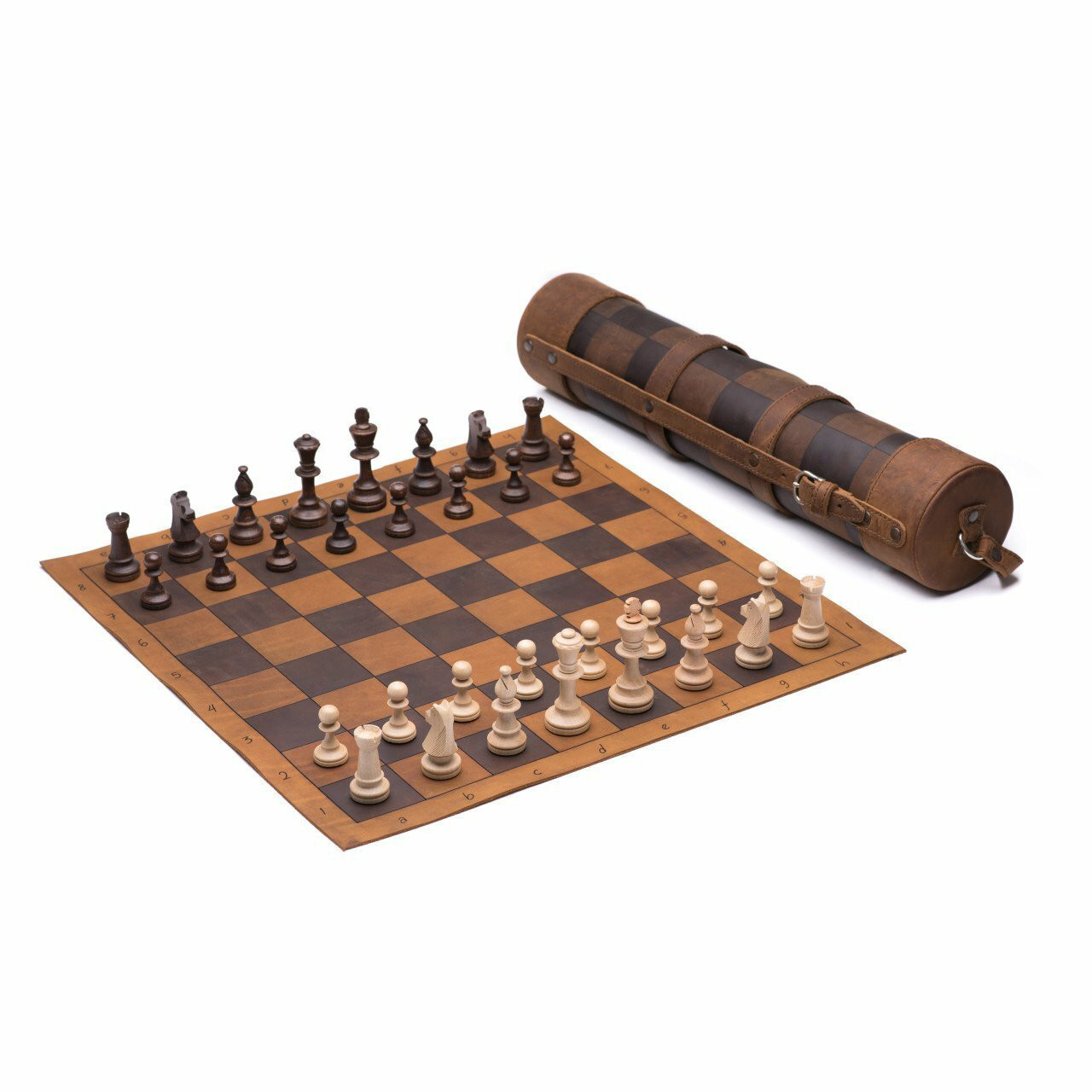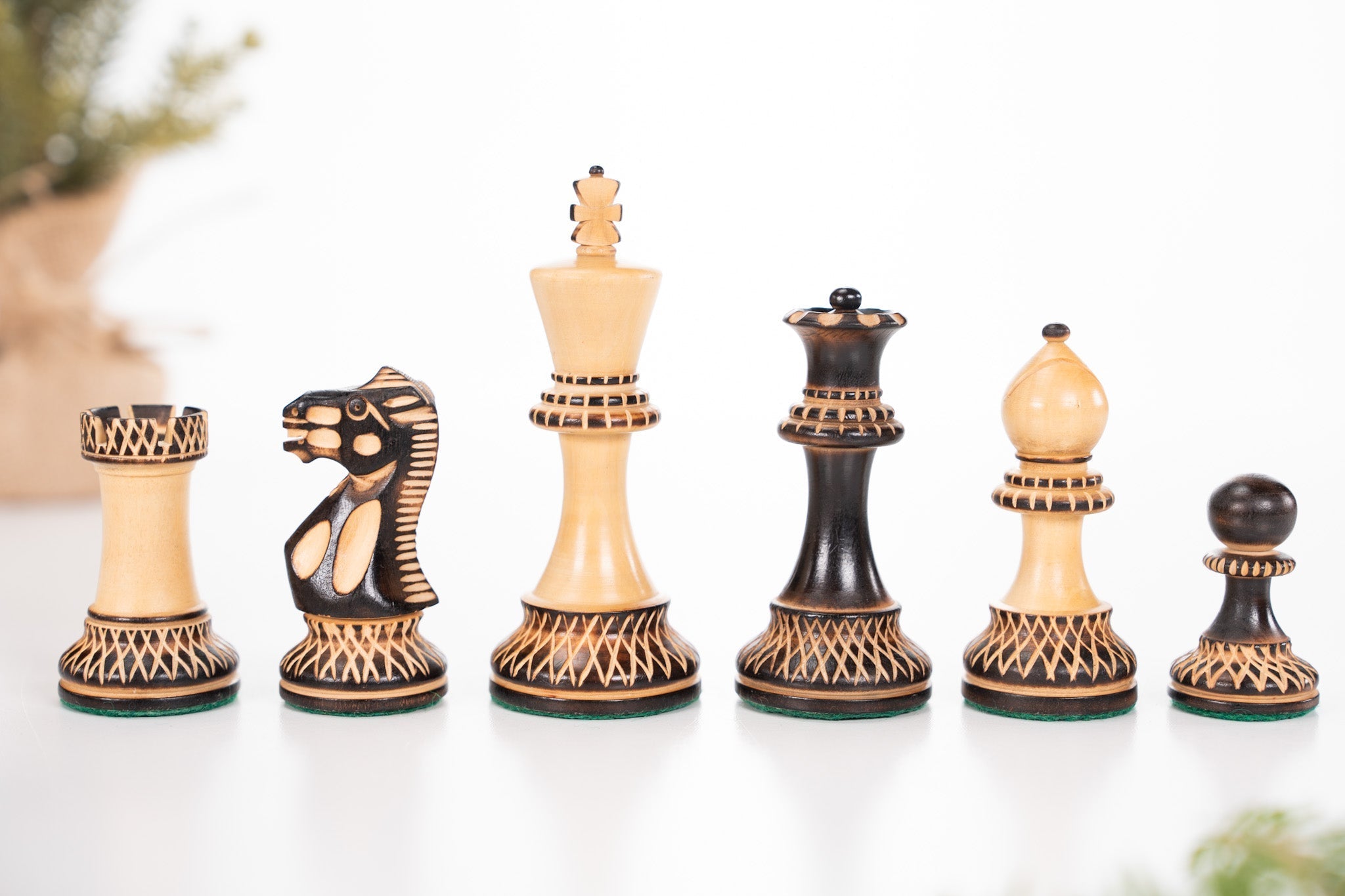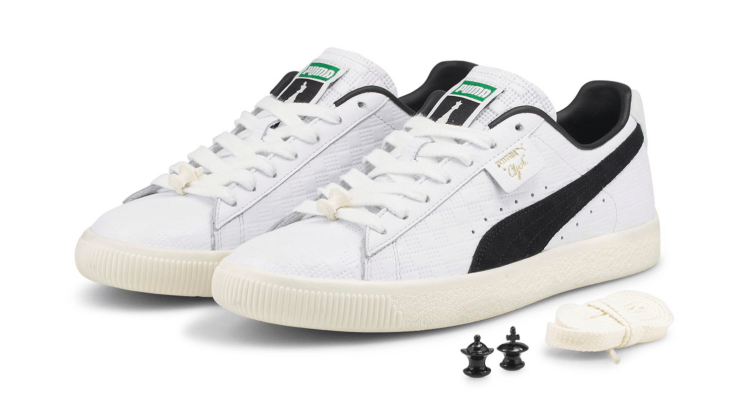Chess is a game of strategy and tactics. To win, you need to think ahead. Two important tactics in chess are deflection and decoy. These tactics can help you gain an advantage. Let’s learn more about them.

Credit: www.youtube.com
What is Deflection in Chess?
Deflection is a tactic. You force an opponent’s piece to move away. This piece is protecting something important. When it moves, you can take advantage.
For example, a piece might be protecting the king. If you force that piece to move, you can attack the king. This is deflection.
How To Use Deflection
Using deflection requires planning. First, identify the piece you want to move. This piece is usually defending something valuable.
Next, create a situation where this piece has to move. You might offer a sacrifice. When the piece moves, you attack what it was protecting.
What is a Decoy in Chess?
A decoy is a different tactic. You lure an opponent’s piece to a bad square. This square makes the piece less effective.
For example, you might lure a knight to a square where it can’t escape. Or you might lure a piece to a square where it gets captured.
How To Use A Decoy
Using a decoy also requires planning. First, identify the piece you want to lure. Next, create a situation where this piece wants to move to your chosen square.
Finally, when the piece moves, you take advantage. This might mean capturing the piece or attacking another target.
Deflection Vs. Decoy: Key Differences
| Deflection | Decoy |
|---|---|
| Forces a piece to move away. | Lures a piece to a specific square. |
| Targets a defending piece. | Targets a piece to make it less effective. |
| Creates opportunities by removing protection. | Creates opportunities by placing pieces in bad positions. |
Examples of Deflection
Let’s look at some examples of deflection. These examples will help you understand better.
Example 1: The Bishop And The Queen
Imagine your opponent’s bishop is protecting their queen. You move your knight to attack the bishop. The bishop has to move. When it moves, you capture the queen.
Example 2: The Rook And The King
Now, imagine your opponent’s rook is protecting their king. You move your pawn to attack the rook. The rook has to move. When it moves, you can check the king.

Credit: www.regencychess.co.uk
Examples of Decoy
Now, let’s look at some examples of a decoy. These examples will also help you understand better.
Example 1: The Knight And The Pawn
Imagine your opponent’s knight is in a strong position. You move a pawn to lure the knight to a bad square. When the knight moves, it becomes less effective.
Example 2: The Bishop And The Rook
Now, imagine your opponent’s bishop is protecting their rook. You move a pawn to lure the bishop away. When the bishop moves, you can capture the rook.
When to Use Deflection
Deflection is useful in many situations. Use it when you see a strong defending piece. This piece is often protecting something valuable. When you force it to move, you can attack.
Deflection is also useful when you need to create a weakness. For example, if you want to checkmate the king, but a piece is in the way. Force that piece to move, and you can checkmate.
When to Use a Decoy
A decoy is useful in different situations. Use it when you want to lure a piece to a bad square. This makes the piece less effective. It also creates new opportunities for you.
A decoy is also useful when you want to create a trap. For example, if you want to capture a piece, but it is well-protected. Lure it to a square where it can be captured easily.
Conclusion
Deflection and decoy are important chess tactics. They help you gain an advantage. Deflection forces a piece to move away. Decoy lures a piece to a bad square.
Understanding these tactics can improve your game. Use deflection to remove strong defenders. Use decoy to make pieces less effective.
Practice these tactics. Watch how they change your game. Happy playing!

